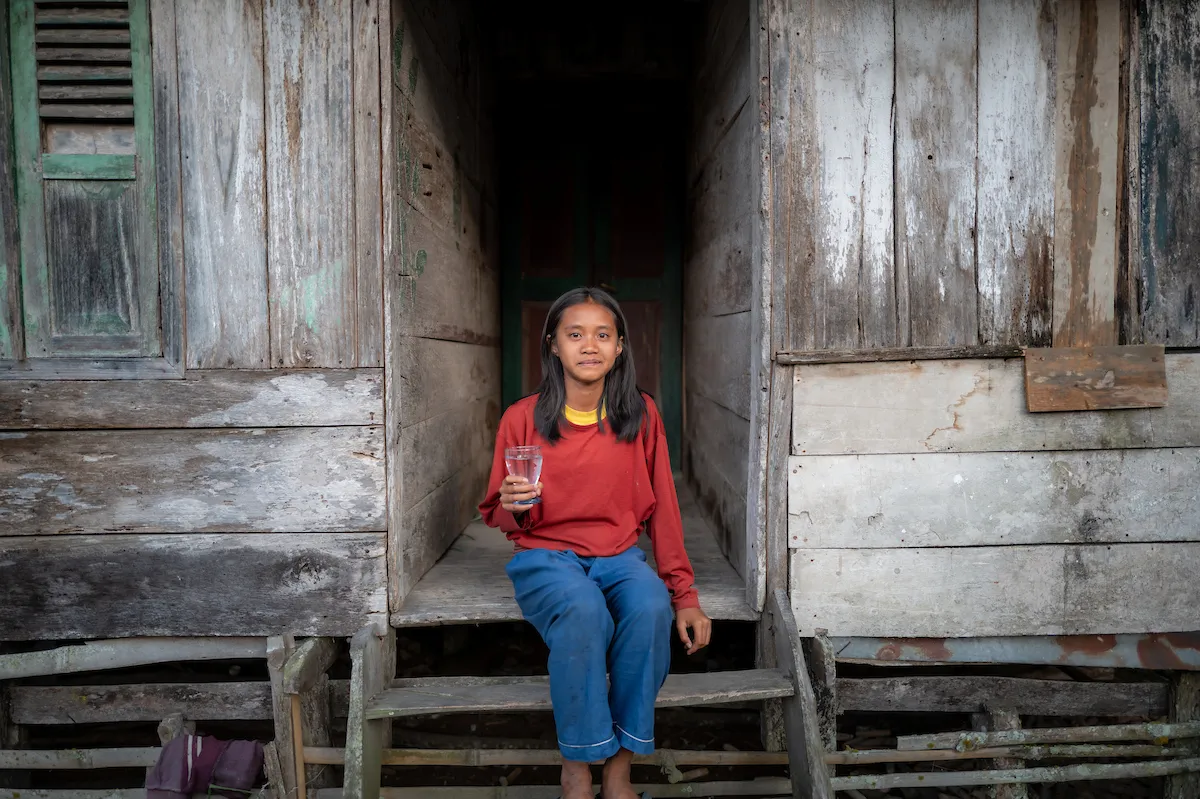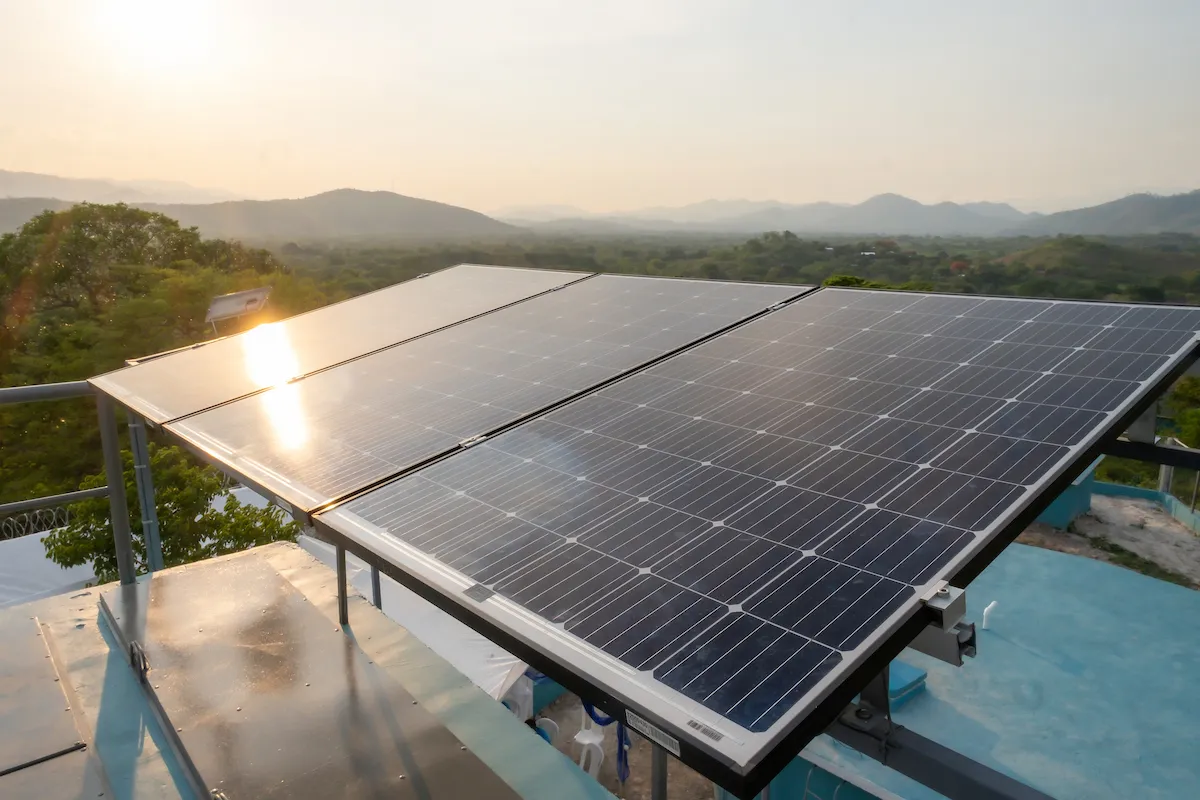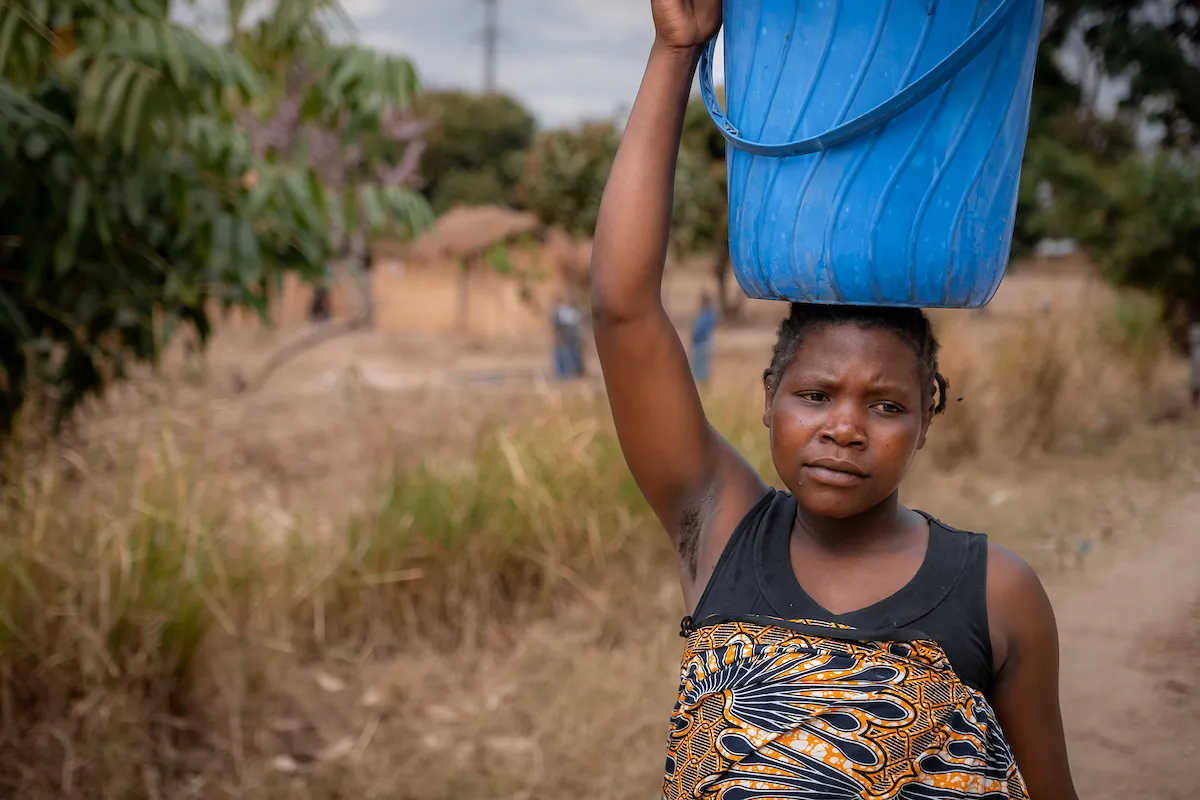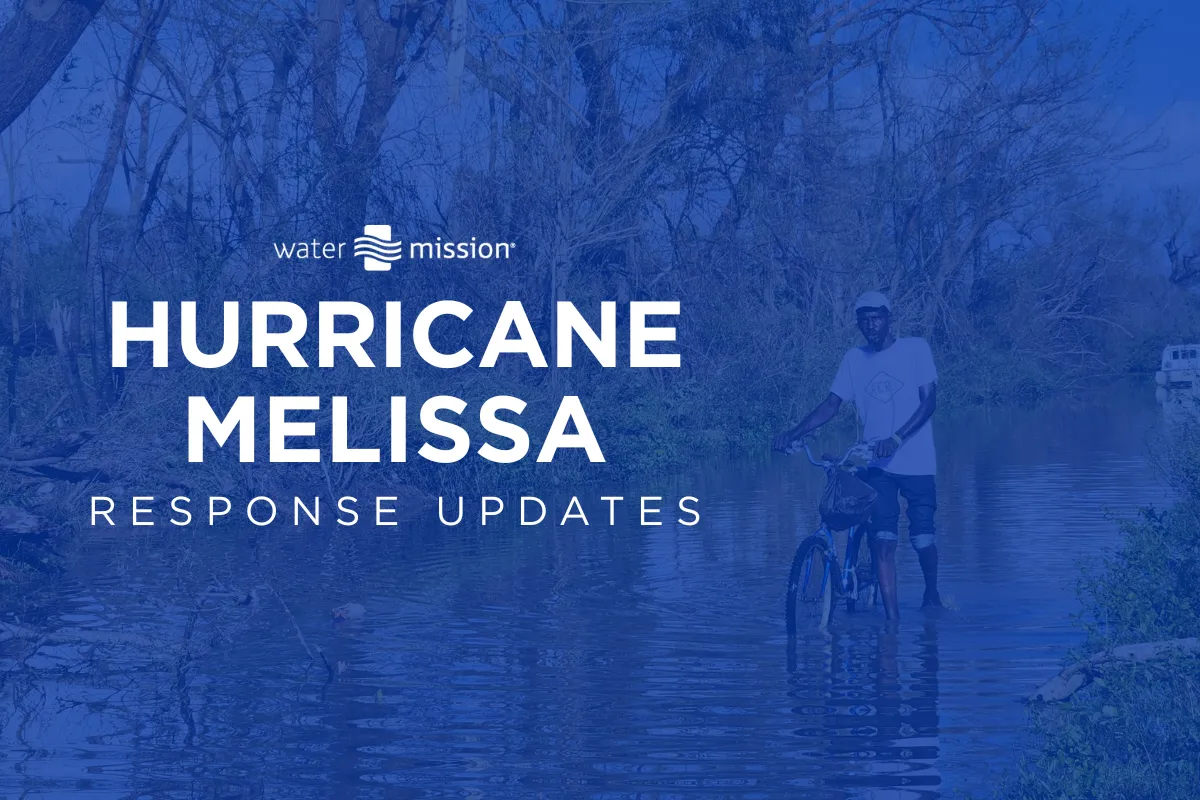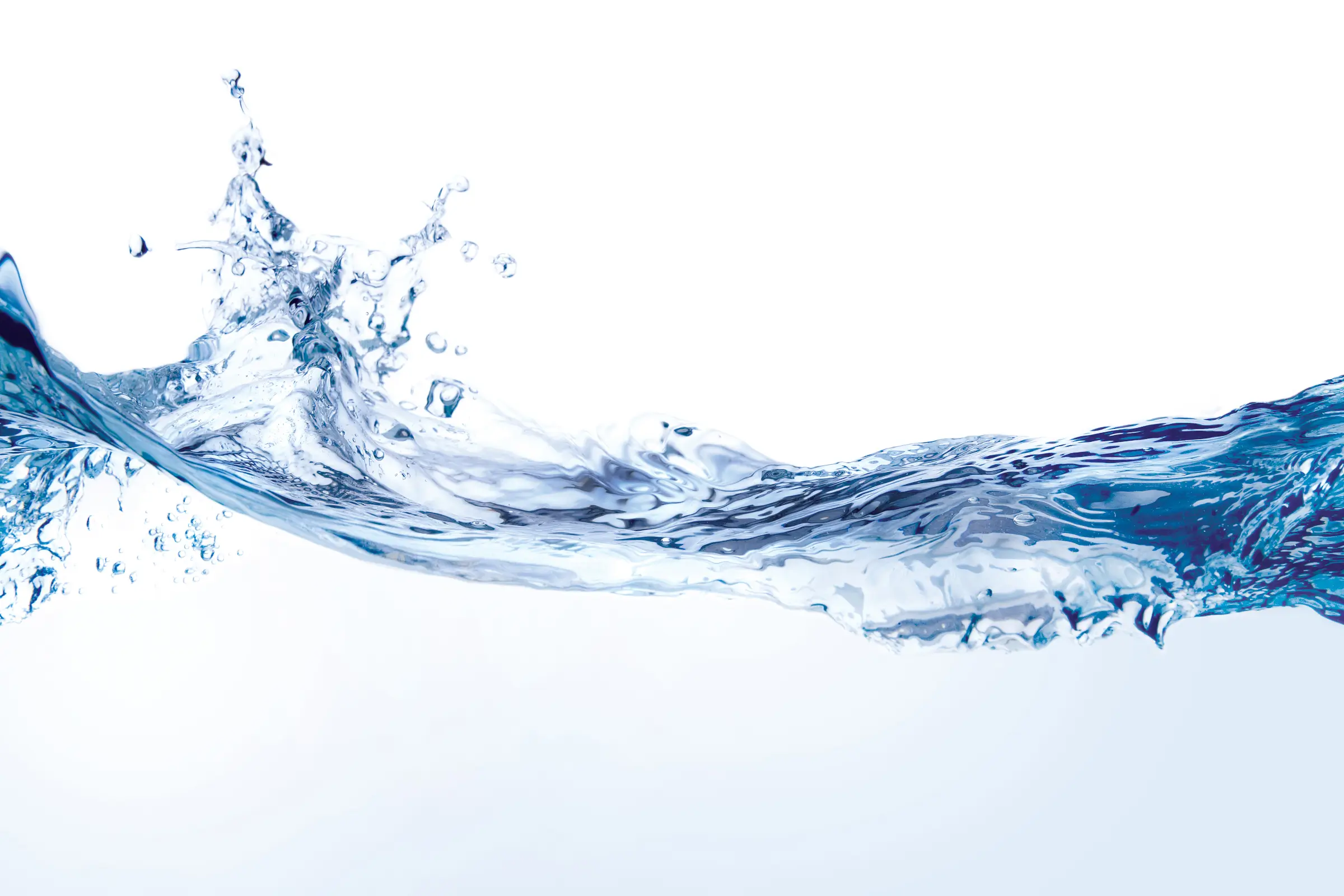Back to School: Safe Water and Its Role in Education
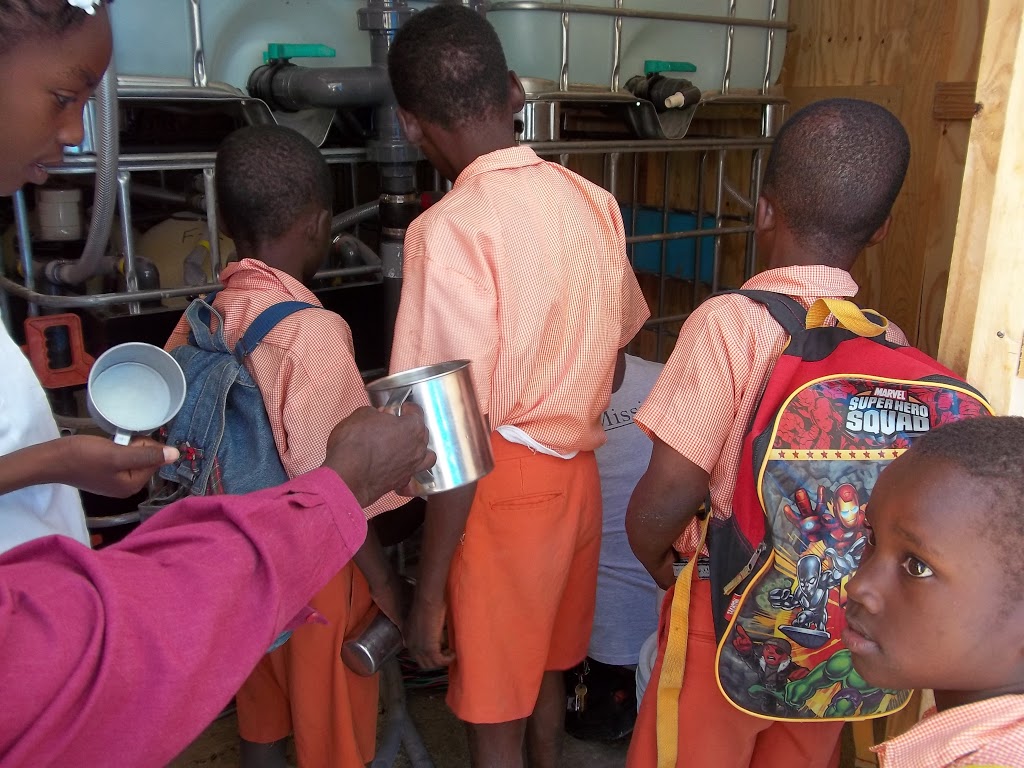 Students from the College Le Merveilleux in Haiti wait to get safe water from an LWTS™.
In schools in the United States, thirsty children can stop at a water fountain for a quick drink of cool, clean, and most of all safe water. For children in underdeveloped countries, there is often no such thing as a quick drink of safe water from the hall water fountain. Thirsty students often leave class and trek several miles to a dirty, loosing valuable time that should be spent in the classroom. Even worse, the water is most likely contaminated with waterborne illnesses that guarantee time spent in the hospital waiting for expensive medical treatments, if they can afford them.
Girls suffer more than boys from the lack of access to safe water. Girls are often assigned the chore of fetching all the water a family will need in the day. Not only will they miss class just to get their own water, but the act of collecting water for their family can keep them away from school for most of the day.
Students from the College Le Merveilleux in Haiti wait to get safe water from an LWTS™.
In schools in the United States, thirsty children can stop at a water fountain for a quick drink of cool, clean, and most of all safe water. For children in underdeveloped countries, there is often no such thing as a quick drink of safe water from the hall water fountain. Thirsty students often leave class and trek several miles to a dirty, loosing valuable time that should be spent in the classroom. Even worse, the water is most likely contaminated with waterborne illnesses that guarantee time spent in the hospital waiting for expensive medical treatments, if they can afford them.
Girls suffer more than boys from the lack of access to safe water. Girls are often assigned the chore of fetching all the water a family will need in the day. Not only will they miss class just to get their own water, but the act of collecting water for their family can keep them away from school for most of the day.
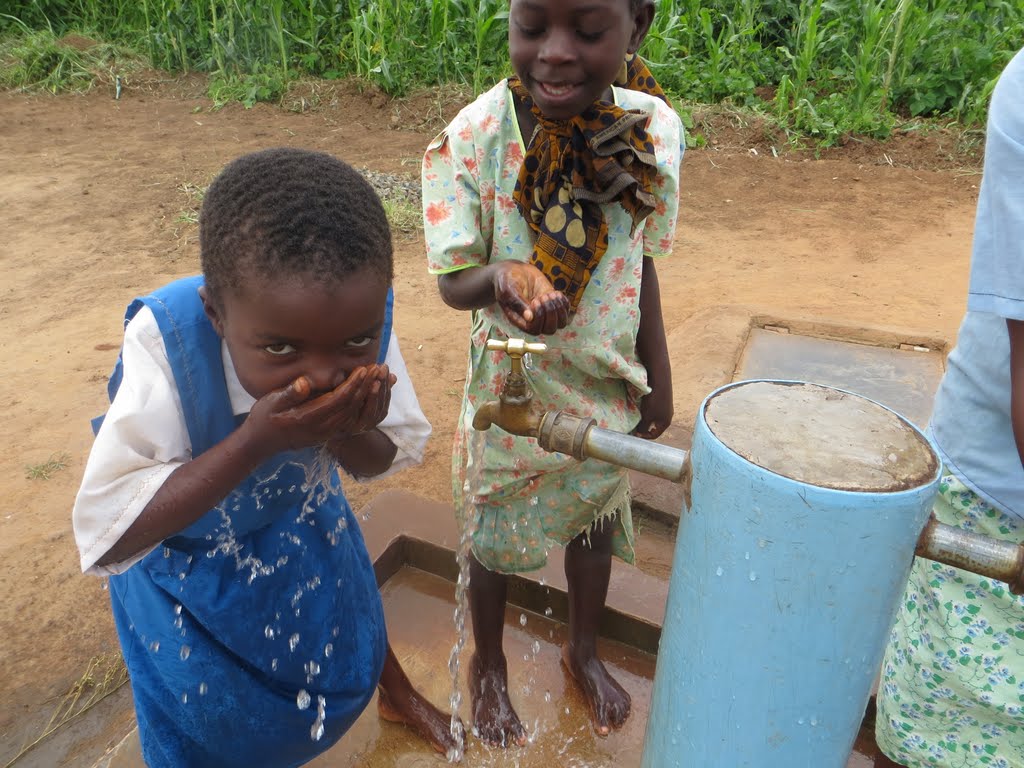 Access to safe water allows students such as these girls in Msambaimfa, Malawi to spend more time at school.
One little girl in Haiti, Sincere, told us how the chore of fetching water made school harder. “In my family we [fetch] water every day,” she told us. “One of my younger sisters is the one going out to collect water and walks about 700m (nearly half a mile) from where we live and usually we take 10 buckets a day. My sister sometimes don’t [sic] go to school because she has to get water for our family and she has to be available for that. It is hard for her to pass her exams because of it.”
Having safe water access can give girls like Sincere’s sister more time to study. What’s more, having safe water access in close proximity to the school can encourage more students to attend. In one school in Uganda, the head teacher told us after a safe water solution was installed, “The [student body] has increased because parents love to take their sons to a school where there is safe water and good academic performance.”
This fall, consider taking part in the fight against the global water crisis. Help us put an end to the 443 million school days missed because of water related illness. Please join us over the next week as we share with you some of our work to provide safe water access to school children around the world.
Access to safe water allows students such as these girls in Msambaimfa, Malawi to spend more time at school.
One little girl in Haiti, Sincere, told us how the chore of fetching water made school harder. “In my family we [fetch] water every day,” she told us. “One of my younger sisters is the one going out to collect water and walks about 700m (nearly half a mile) from where we live and usually we take 10 buckets a day. My sister sometimes don’t [sic] go to school because she has to get water for our family and she has to be available for that. It is hard for her to pass her exams because of it.”
Having safe water access can give girls like Sincere’s sister more time to study. What’s more, having safe water access in close proximity to the school can encourage more students to attend. In one school in Uganda, the head teacher told us after a safe water solution was installed, “The [student body] has increased because parents love to take their sons to a school where there is safe water and good academic performance.”
This fall, consider taking part in the fight against the global water crisis. Help us put an end to the 443 million school days missed because of water related illness. Please join us over the next week as we share with you some of our work to provide safe water access to school children around the world.
Related Impact Stories
